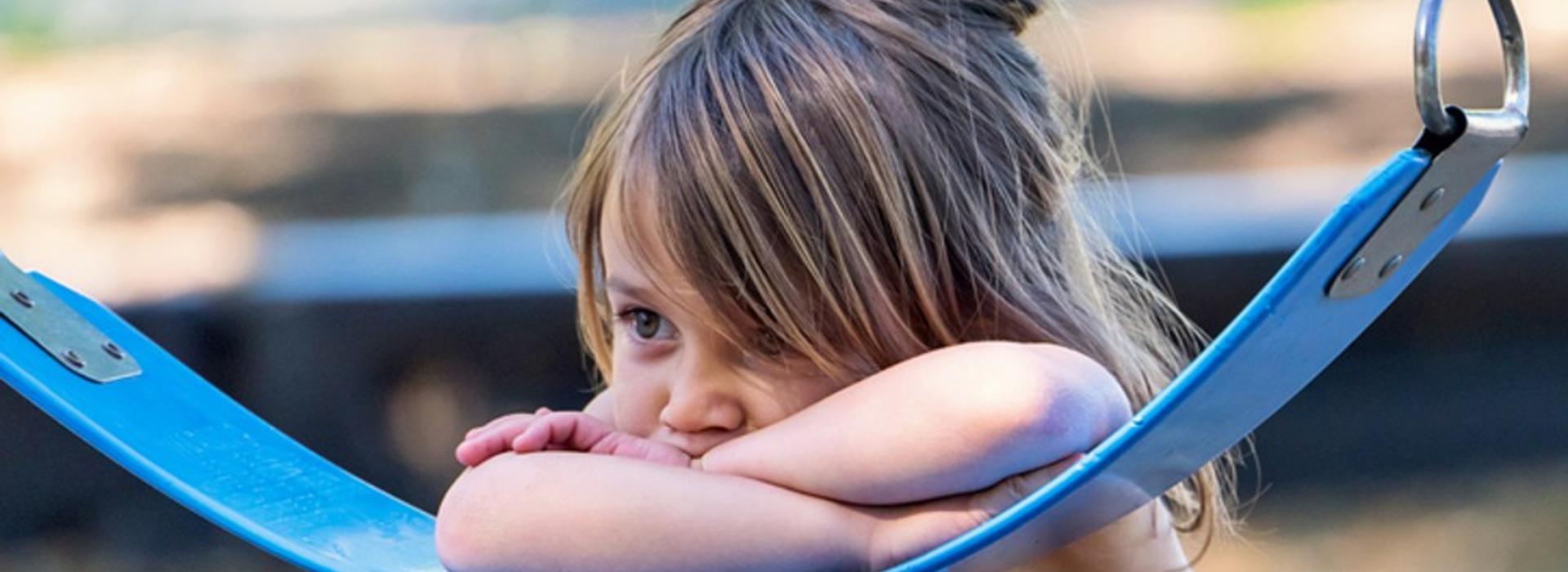
Research Brief: Researchers discover solutions to gender bias in autism diagnoses
Study findings will help girls receive critical early intervention similar to boys
MINNEAPOLIS/ST. PAUL (06/23/2022) — Published in Biological Psychiatry, a multidisciplinary study led by the University of Minnesota demonstrated that an equal number of girls and boys can be identified as having concerns for autism spectrum disorder (ASD) when screened earlier, correcting large gender differences in current diagnoses.
“Conventional wisdom has been that more boys than girls have ASD,” said study lead author Casey Burrows, Ph.D., L.P., an assistant professor at the University of Minnesota Medical School and a psychologist with M Health Fairview. “Our research shows that girls and boys show similar rates of concerns for ASD and identifies some of the biases contributing to the inflated sex ratios. We hope this research will bring relief to women and girls who have struggled socially without knowing why.”
Using data from the Infant Brain Imaging Study Network, the study used a less-biased sample that tracked a group of children at higher likelihood of developing ASD (e.g., infant siblings of autistic children) from six to 60 months of age.
The study found that there are equally as many girls identified as having ASD-related concerns when children are screened early and when corrected for sex-based bias in diagnostic instruments. This is in sharp contrast to the current 4-to-1 sex ratio when following standard clinical referral processes.
“We know the screening processes and diagnostic tools in ASD often miss many girls who later go onto receive an ASD diagnosis,” said Dr. Burrows, who is also a member of the Masonic Institute for the Developing Brain. “This prevents many girls from receiving early intervention services at a time when they can have the most impact in early childhood. Most studies in ASD focus on children after they are diagnosed, missing information about symptoms in children who are missed by common screening practices.”
The research team looked at whether girls and boys presented with similar symptoms and found subtle differences in the structure of core symptoms of ASD. After correcting for these differences, the subgrouping analysis identified a ‘high concern’ group that had 1-to-1 male to female sex ratio.
"This approach — unbiased ascertainment, ensuring that our instruments are measuring what we think they are measuring — may help address current disparities in autism identification," according to Jed Elison, Ph.D., an associate professor at the Institute of Child Development and Medical School and co-author on the paper. "It is imperative to acknowledge and understand the limitations of traditional diagnostic and screening approaches and generate creative solutions to identify all children who could benefit from early intervention services.”
Researchers are planning to follow up on this work by examining how children in the high social concern group fare in primary to secondary school ages. They are also investigating group differences in underlying brain structure and function.
This study was supported by grants from the National Institutes of Health (R01-HD055741, R01-MH118362-01, R01-MH118362-02S1, U54-HD079124, P50-HD103573 (project ID 8084), U54-HD086984), Autism Speaks, and the Simons Foundation (140209). Dr. Burrows was supported by a NIH career development award (K12-HD055887).
###
Contact
Kat Dodge
kdodge@umn.edu
About the University of Minnesota Medical School
The University of Minnesota Medical School is at the forefront of learning and discovery, transforming medical care and educating the next generation of physicians. Our graduates and faculty produce high-impact biomedical research and advance the practice of medicine. We acknowledge that the U of M Medical School, both the Twin Cities campus and Duluth campus, is located on traditional, ancestral and contemporary lands of the Dakota and the Ojibwe, and scores of other Indigenous people, and we affirm our commitment to tribal communities and their sovereignty as we seek to improve and strengthen our relations with tribal nations. For more information about the U of M Medical School, please visit med.umn.edu.
About the College of Education and Human Development
The University of Minnesota College of Education and Human Development (CEHD) strives to teach, advance research and engage with the community to increase opportunities for all individuals. As the third largest college on the Twin Cities campus, CEHD research and specialties focus on a range of challenges, including: educational equity, teaching and learning innovations, children’s mental health and development, family resilience, and healthy aging. Learn more at cehd.umn.edu.
About the Masonic Institute for the Developing Brain
The Masonic Institute for the Developing Brain (MIDB) is a one-stop clinic, research, and outreach location specializing in children and youth with neurobehavioral conditions. By bringing together University of Minnesota experts in pediatric medicine, research, policy and community supports to understand, prevent, diagnose, and treat neurodevelopmental disorders in early childhood and adolescence, MIDB advances brain health from the earliest stages of development across the lifespan, supporting each person’s journey as a valued community member. Learn more at midb.umn.edu.